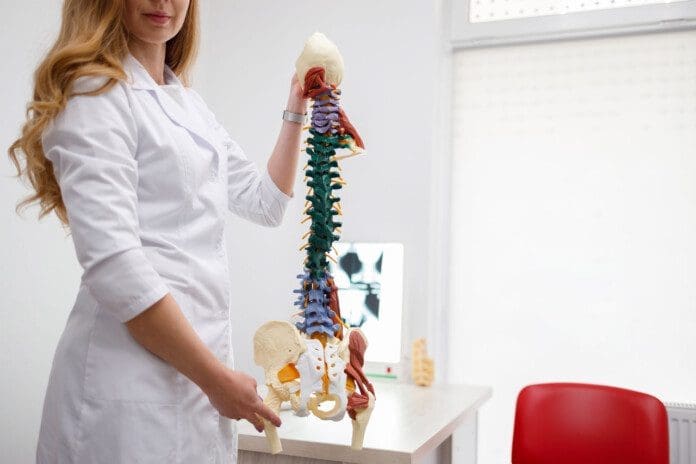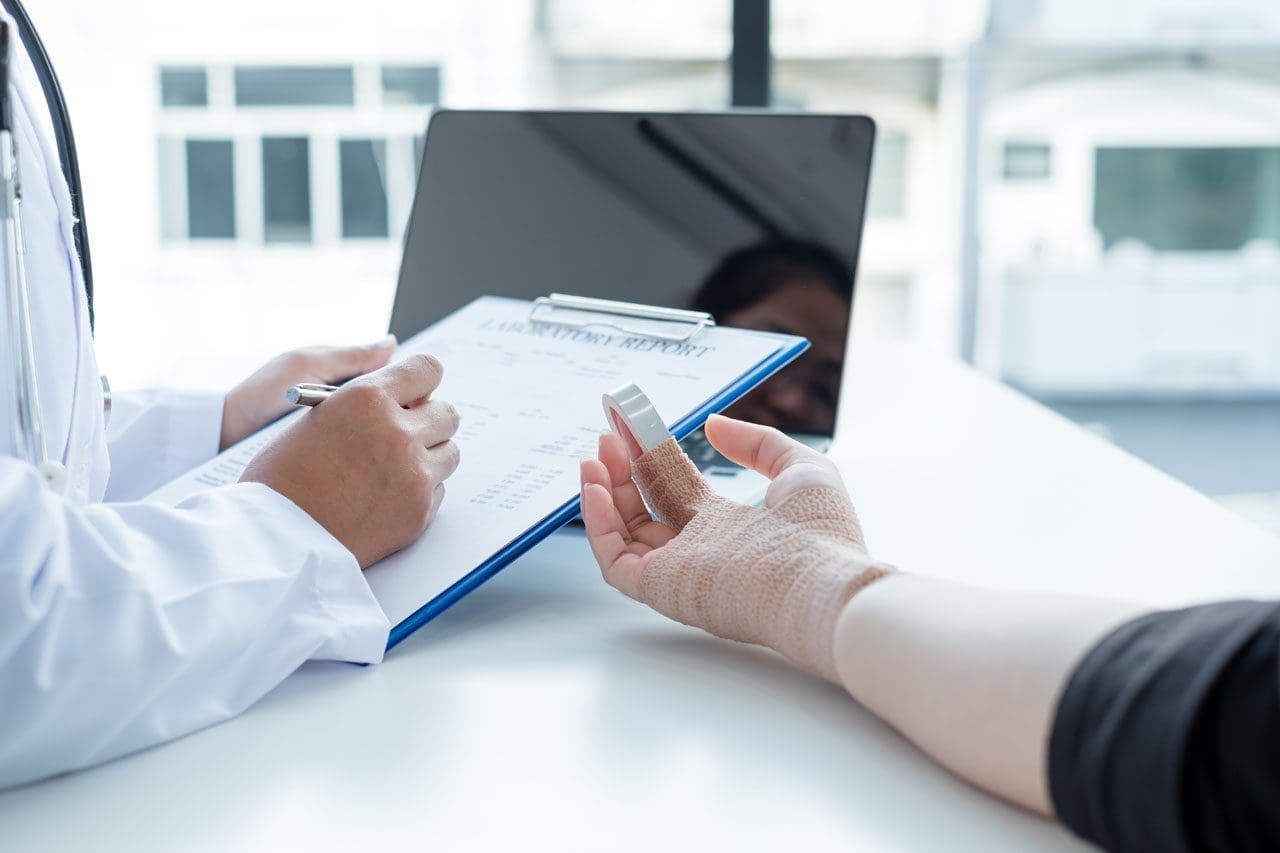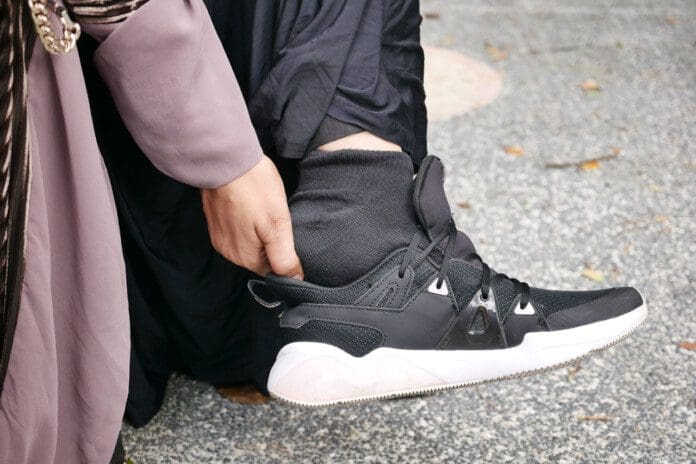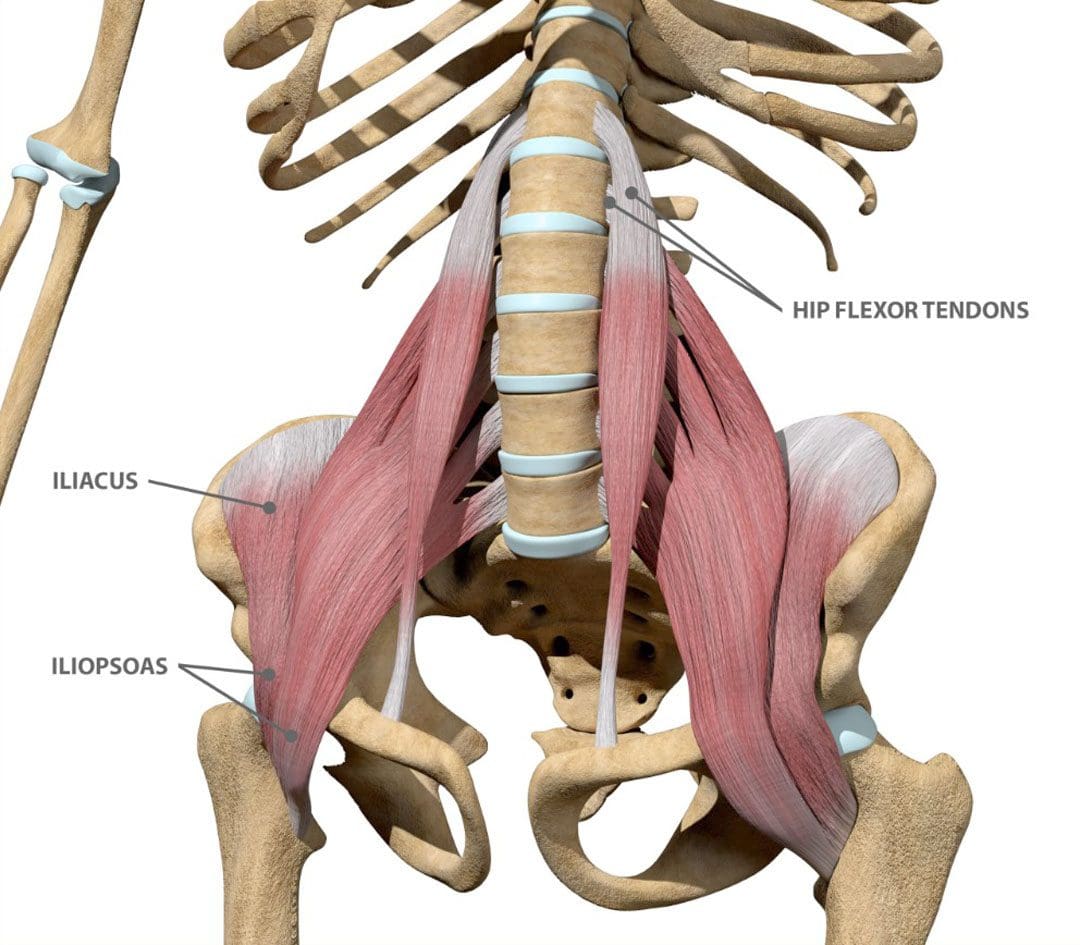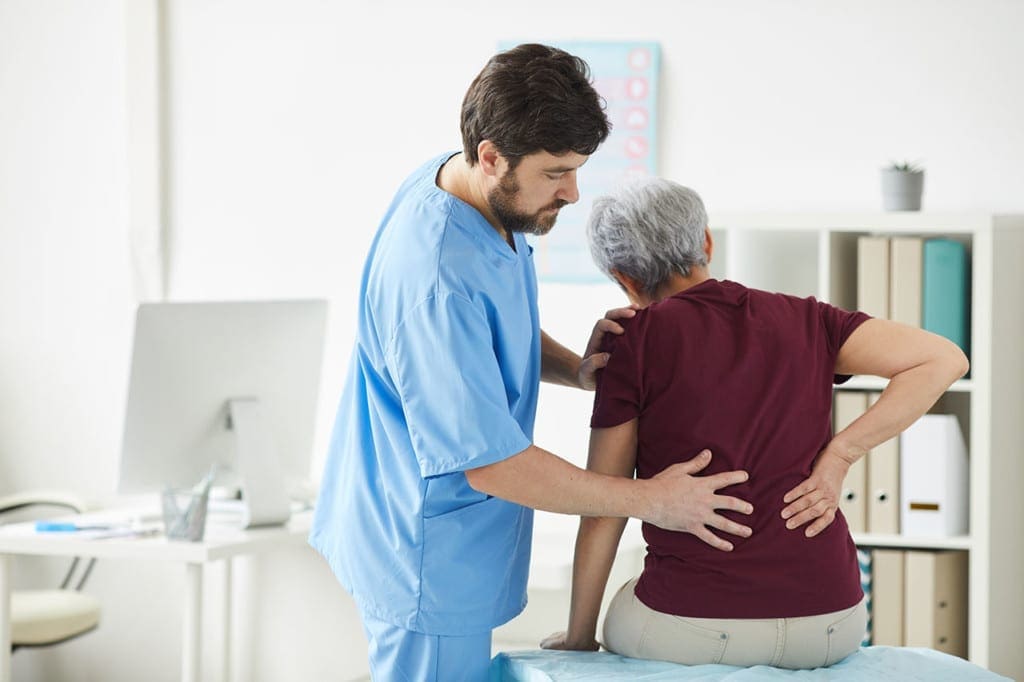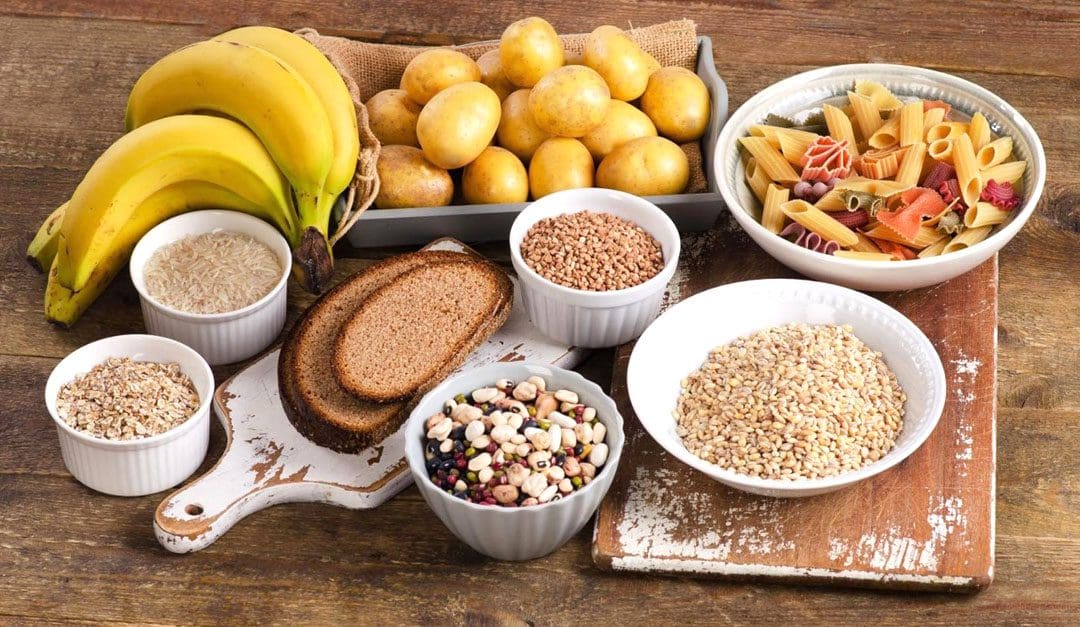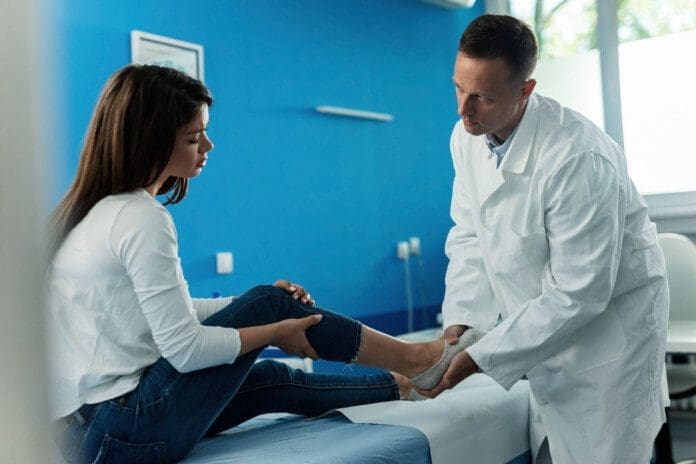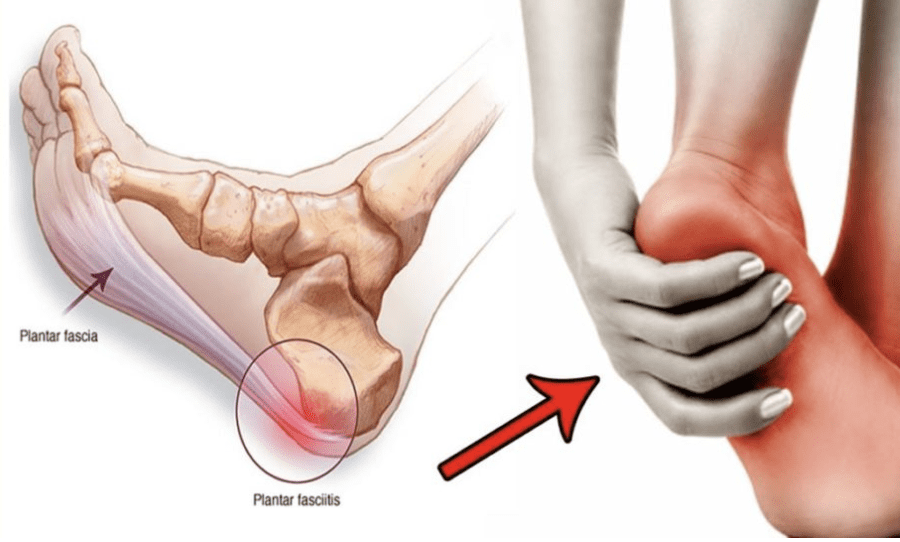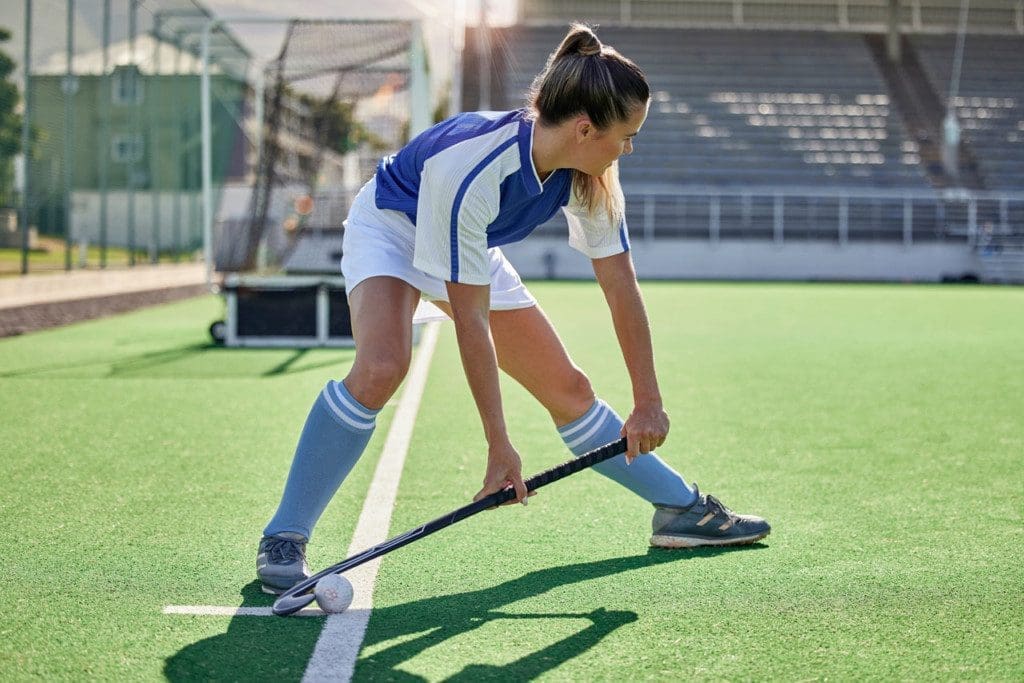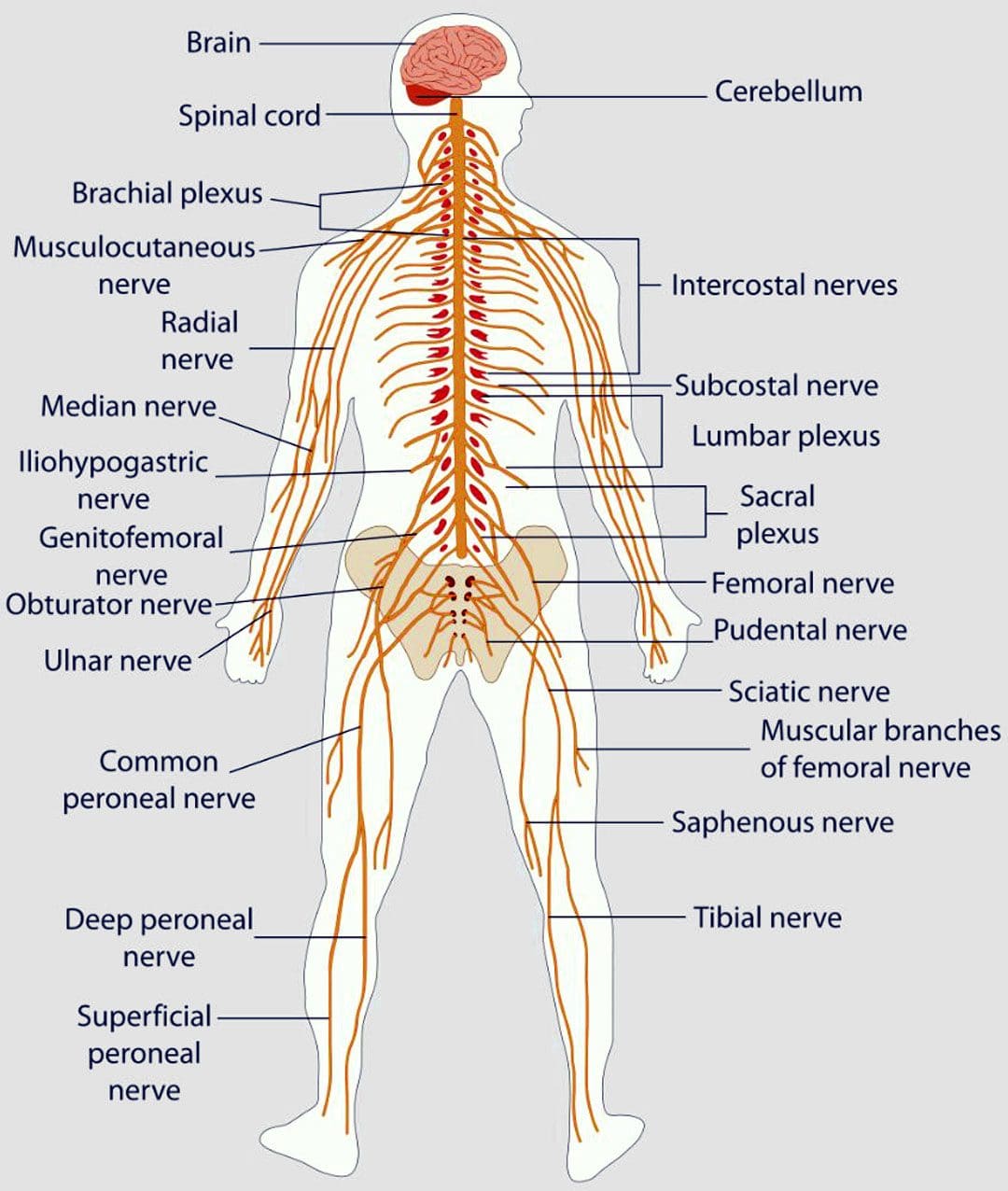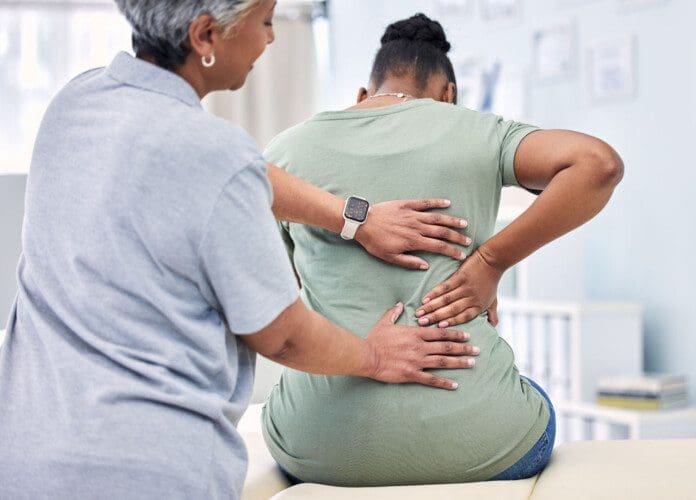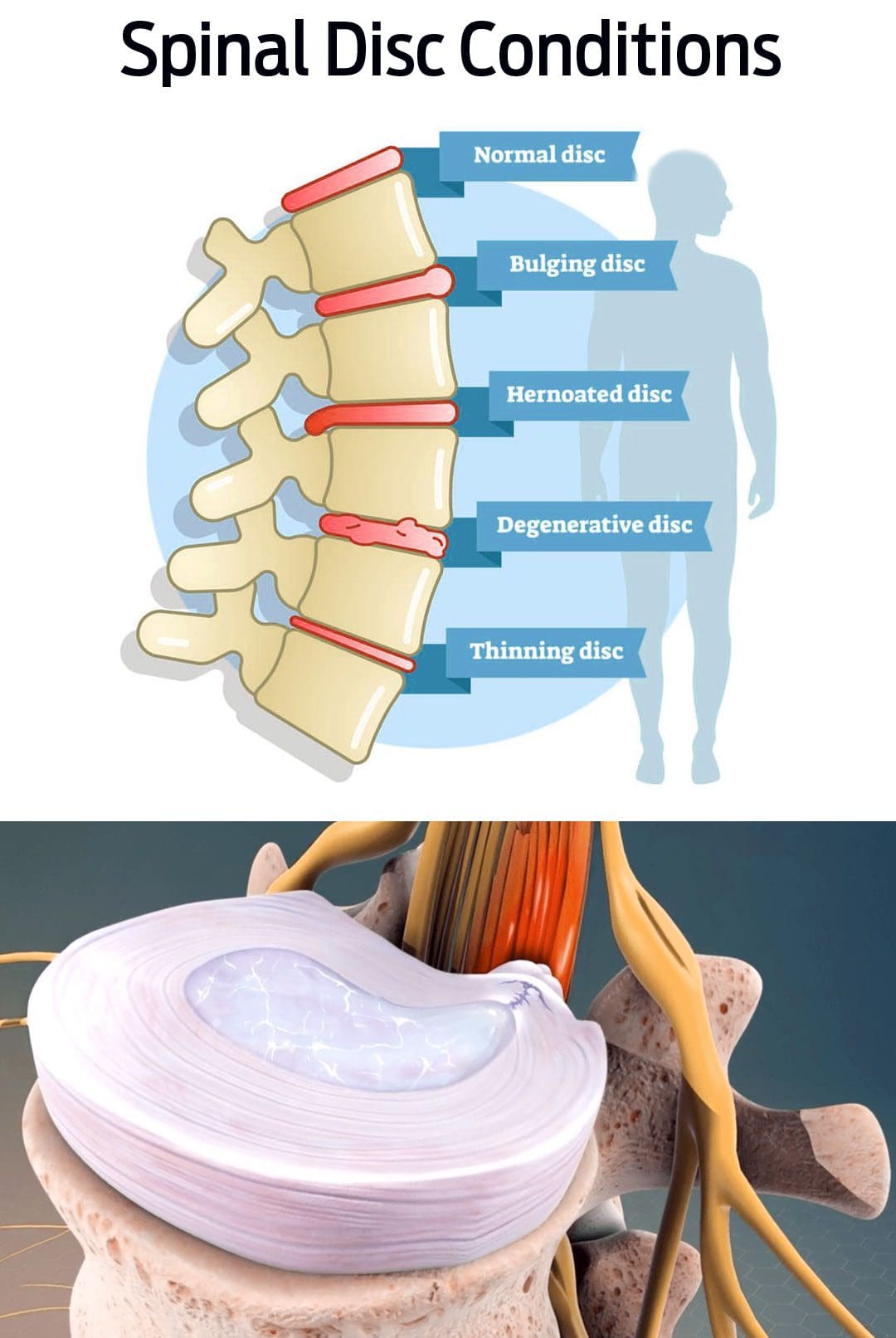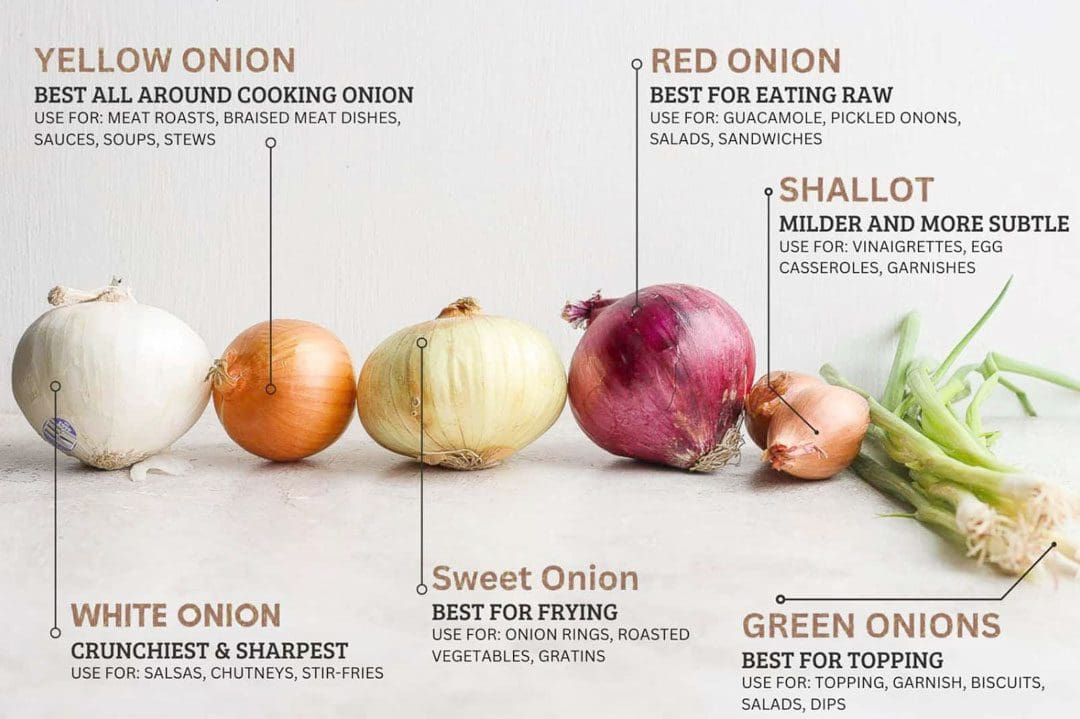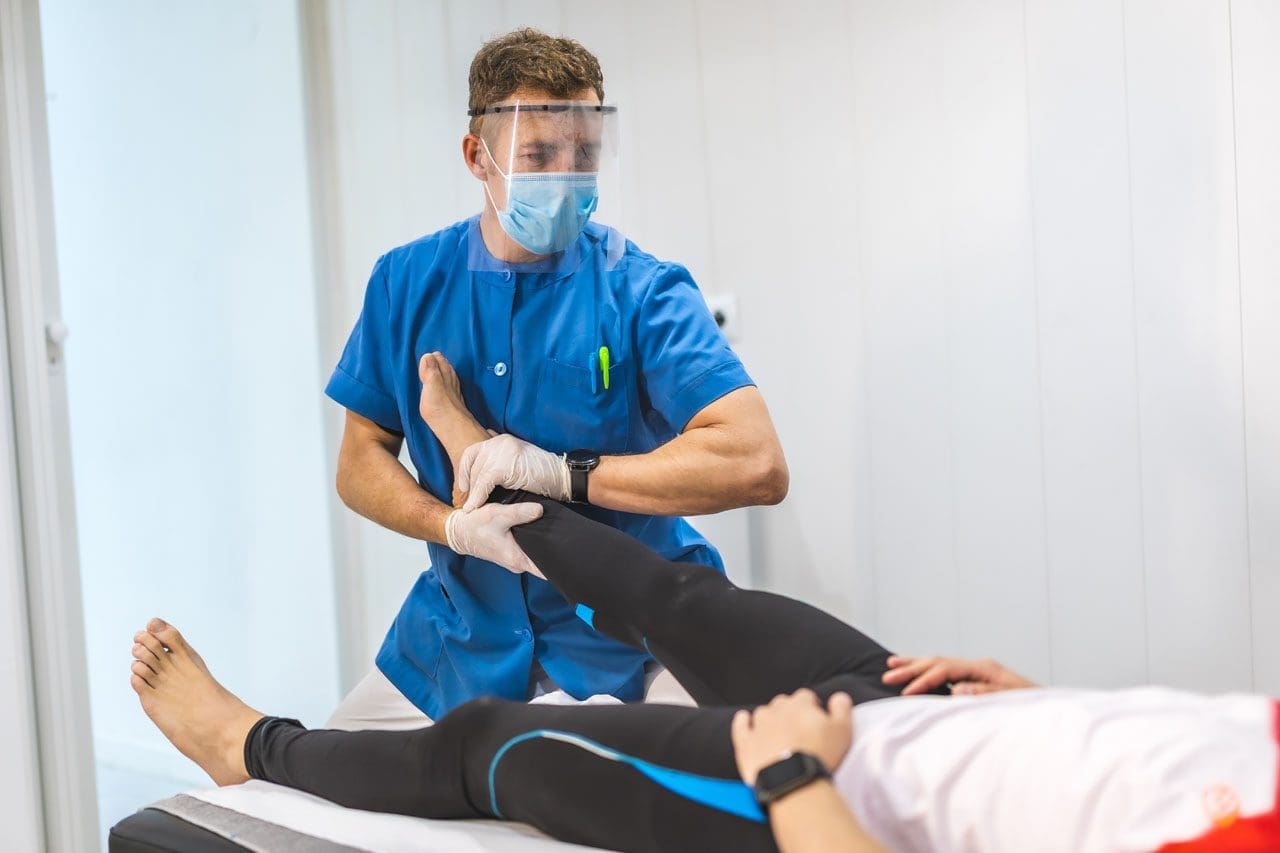“Various problems with the sacrum make up or contribute to a significant portion of lower back problems. Can understanding the anatomy and function help prevent and treat back injuries?”

Table of Contents
The Sacrum
The sacrum is a bone shaped like an upside-down triangle located at the base of the spine that helps support the upper body when sitting or standing and provides pelvic girdle flexibility during childbirth. It comprises five vertebrae that fuse during adulthood and connect to the pelvis. This bone takes and endures all of the body’s pressure and stress from everyday activities and movements.
Formation
Humans are born with four to six sacral vertebrae. However, fusion does not take place in all sacral vertebrae simultaneously:
- Fusion starts with the S1 and S2.
- As the individual gets older, the overall shape of the sacrum begins to solidify, and the vertebrae fuse into a single structure.
- The process usually starts in the mid-teens and finishes in the early to mid-twenties.
- It is believed to start earlier in females than males.
The timing of the fusion can be used for estimating the age and sex of skeletal remains. (Laura Tobias Gruss, Daniel Schmitt. et al., 2015)
- The sacrum in a female is wider and shorter and has a more curved top or the pelvic inlet.
- The male sacrum is longer, narrower, and flatter.
Structure
The sacrum is an irregular bone that makes up the back/posterior third of the pelvic girdle. There is a ridge across the front/anterior portion of the S1 vertebra known as the sacral promontory. Small holes/foramen on both sides of the sacrum are left over after the vertebrae fuse together. Depending on the number of vertebrae, there can be three to five foramen on each side, though there are usually four. (E. Nastoulis, et al., 2019)
- Each anterior foramen is typically wider than the posterior or dorsal/backside foramen.
- Each sacral foramina/plural of foramen provides a channel for the sacral nerves and blood vessels.
- Small ridges develop between each of the fused vertebrae, known as transverse ridges or lines.
- The top of the sacrum is called the base and is connected to the largest and lowest of the lumbar vertebrae – L5.
- The bottom is connected to the tailbone/coccyx, known as the apex.
- The sacral canal is hollow, runs from the base to the apex, and serves as a channel at the end of the spinal cord.
- The sides of the sacrum connect to the right and left hip/iliac bones. The attachment point is the auricular surface.
- Right behind the auricular surface is the sacral tuberosity, which serves as an attachment area for the ligaments that hold the pelvic girdle together.
Location
The sacrum is at the level of the lower back, just above the intergluteal cleft or where the buttocks split. The cleft starts at around the level of the tailbone or coccyx. The sacrum is curved forward and ends at the coccyx, with the curvature being more pronounced in females than males. It connects to the L5 lumbar vertebra by way of the lumbosacral joint. The disc between these two vertebrae is a common source of low back pain.
- On either side of the lumbosacral joint are wing-like structures known as the sacral ala, which connect to the iliac bones and form the top of the sacroiliac joint.
- These wings provide stability and strength for walking and standing.
Anatomical Variations
The most common anatomical variation applies to the number of vertebrae. The most common is five, but anomalies have been documented, including individuals with four or six sacral vertebrae. (E. Nastoulis, et al., 2019)
- Other variations involve the sacrum’s surface and curvature, where the curvature differs widely between individuals.
- In some cases, the first and second vertebrae do not fuse and remain separately articulated.
- Failure of the canal to completely close during formation is a condition known as spina bifida.
Function
Studies on the sacrum are ongoing, but some proven functions include:
- It serves as an anchor point for the spinal column to attach to the pelvis.
- It provides stability for the body’s core.
- It acts as a platform for the spinal column to rest on when sitting.
- It facilitates childbirth, providing pelvic girdle flexibility.
- It supports upper body weight when sitting or standing.
- It provides extra stability for walking, balance, and mobility.
Conditions
The sacrum can be a main source or focal point for lower back pain. It is estimated that 28% of men and 31.6% of women aged 18 years or older have experienced low back pain in the past three months. (Centers for Disease Control and Prevention. 2020) Conditions that can cause sacrum pain symptoms include.
Sacroiliitis
- This is a common condition of sacroiliac/SI joint inflammation.
- A doctor only makes the diagnosis when all other possible causes of pain have been ruled out, known as a diagnosis of exclusion.
- Sacroiliac joint dysfunction is thought to account for between 15% and 30% of low back pain cases. (Guilherme Barros, Lynn McGrath, Mikhail Gelfenbeyn. 2019)
Chordoma
- This is a type of primary bone cancer.
- About half of all chordomas form in the sacrum, but the tumors can also develop elsewhere in the vertebral column or at the base of the skull. (National Library of Medicine. 2015)
Spina Bifida
- Individuals can be born with conditions that affect the sacrum.
- Spina bifida is a congenital condition that can arise from the malformation of the sacral canal.
Unlocking the Secrets of Inflammation
References
Gruss, L. T., & Schmitt, D. (2015). The evolution of the human pelvis: changing adaptations to bipedalism, obstetrics and thermoregulation. Philosophical transactions of the Royal Society of London. Series B, Biological sciences, 370(1663), 20140063. https://doi.org/10.1098/rstb.2014.0063
Nastoulis, E., Karakasi, M. V., Pavlidis, P., Thomaidis, V., & Fiska, A. (2019). Anatomy and clinical significance of sacral variations: a systematic review. Folia morphologica, 78(4), 651–667. https://doi.org/10.5603/FM.a2019.0040
Centers for Disease Control and Prevention. QuickStats: Percentage of adults aged 18 years or older who had lower back pain in the past 3 months, by sex and age group.
Barros, G., McGrath, L., & Gelfenbeyn, M. (2019). Sacroiliac Joint Dysfunction in Patients With Low Back Pain. Federal practitioner : for the health care professionals of the VA, DoD, and PHS, 36(8), 370–375.
National Library of Medicine, Chordoma.

